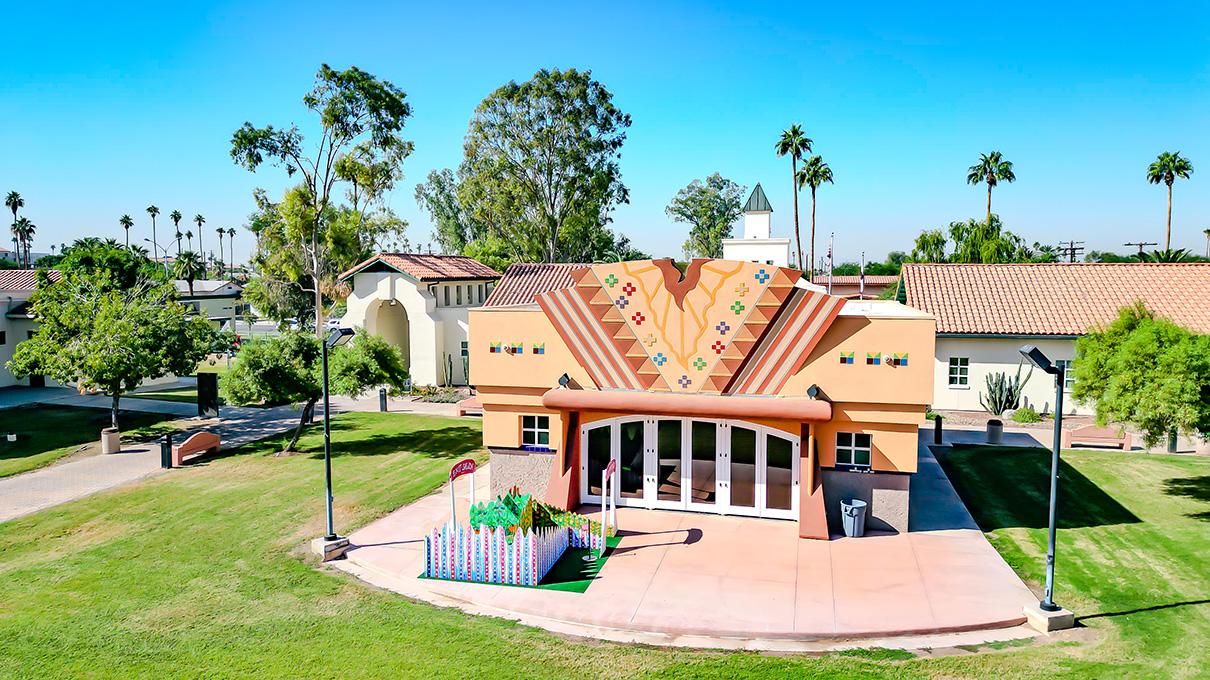Big Data, Better Health
Endowing ambitions for SDSU health research.

“The most exciting aspect of this endowment is that it will allow us to build an infrastructure to support research well into the future.”
This story appears in the summer 2016 issue of 360: The Magazine of San Diego State University. It is an updated version of a story published in June.
What factors influence whether a person is healthy? Individual habits and hygiene play a role, certainly, but demographics also significantly shape a person’s health. Minorities and people from disadvantaged groups suffer disproportionately from certain types of cancer, obesity, sexually transmitted disease, asthma and heart disease.
San Diego State University scientists who work under the umbrella term “health disparities” are investigating what’s behind health inequality and what can be done to reverse it. A recent $10 million endowment from the National Institutes of Minority Health and Health Disparities (NIMHD) will help bring needed new technology to these researchers and allow them to better collaborate across diverse disciplines.
The scientist largely responsible for this endowment is Guadalupe X. “Suchi” Ayala, professor of health promotion and behavioral science in SDSU’s Graduate School of Public Health. She is a fixture in the San Diego health research community, with several ongoing research programs looking at nutrition among Latino residents.
Last year, Ayala noticed a request for applications from the NIMHD, part of the National Institutes of Health, for a unique funding mechanism: Rather than a traditional grant for specific research goals or training, the agency was offering an endowment that would continually provide funding for infrastructure improvements over a 20-year period. Knowing that she and her fellow investigators were still using pencils and paper to record data in an iPad world, Ayala jumped at the opportunity.
“We already had a good cohort of faculty studying population health and health disparities,” said Ayala, who is an SDSU alumna and joined the faculty in 2005, “but we really lacked the infrastructure, the IT support, the newer technology to take us to the next level.”
Big Data needs big collaboration
She also realized the future of the discipline will be far more collaborative than it has been traditionally. We live in a world of Big Data, with mobile technology, social media and electronic health records feeding a rich vein of health data for those who are poised to tap into it. Infrastructural improvements would make it possible for health researchers to reach out to their peers in psychology, geography, engineering and other fields, share their data and mine it for useful, lifesaving information.
So Ayala and SDSU colleagues Kee Moon, a professor in the College of Engineering, and Jose Castillo, director of the Computational Science Research Center, applied for the endowment—and got it.
“This is a long-term commitment of the federal government to our university,” said SDSU psychology professor Kristin Wells, who works with cancer-related disparities and cancer communication. “It’s exciting that they really believe in the research we do and our potential to move forward.”
The endowment will contribute $2 million per year over the next 5 years to SDSU’s philanthropic auxiliary, the Campanile Foundation. This money will be invested and the returns it generates will be used for research infrastructure improvement. At its peak, the endowment should generate roughly $479,000 per year.
Better, stronger, faster
The money can be spent in a variety of ways that boost the ability of SDSU researchers to carry out their research and better collaborate across disciplines. Ayala listed just a few examples: iPads to collect data in the field and immediately transmit it back to the lab; wireless sensors to track vital signs or tobacco use; smartphone apps that record eating habits; enhanced data storage capacity; and hiring IT support and computer programmers to sort through and make sense of all this new and improved data.
“Technology changes so quickly that you don’t want to get locked into funding for certain, specific technologies that will quickly become outdated,” Ayala said. “The most exciting aspect of this endowment is that it will allow us to build an infrastructure to support research well into the future.”
The endowment’s funding mechanism is relatively unique among grants awarded by NIH. SDSU must maintain this investment for 20 years, after which the funds will release fully to the Campanile Foundation. At that point, the endowment will have generated about $20 million in total funding.
"In addition to being a recognition of our researchers' expertise and impact on the community, this award contributes to the university's growing endowment, which will continue to serve our students and faculty for many years to come and boost our reputation as a high-achieving research university," said Mary Ruth Carleton, vice president of University Relations and Development.
Ayala hopes that investing in infrastructure will pay dividends in terms of more traditional grants, as well. Fruitful interdisciplinary collaborations and new avenues of research will make SDSU investigators even more competitive for future funding she said, supporting the university’s commitment to health disparities and population health research.
“I believe we are on the cusp of some really wonderful things,” she said.


